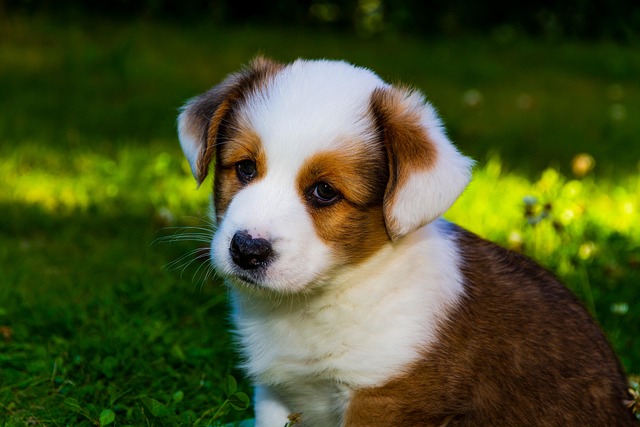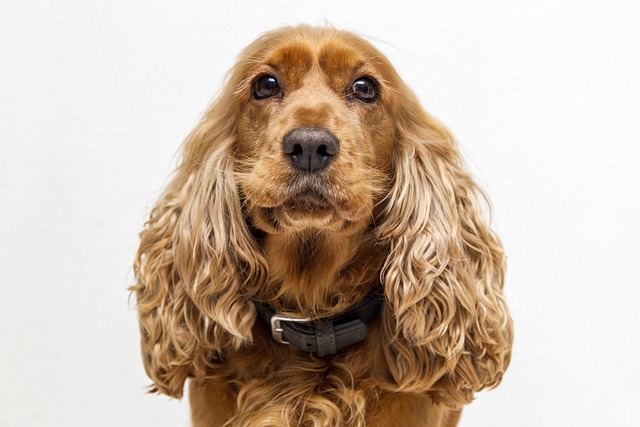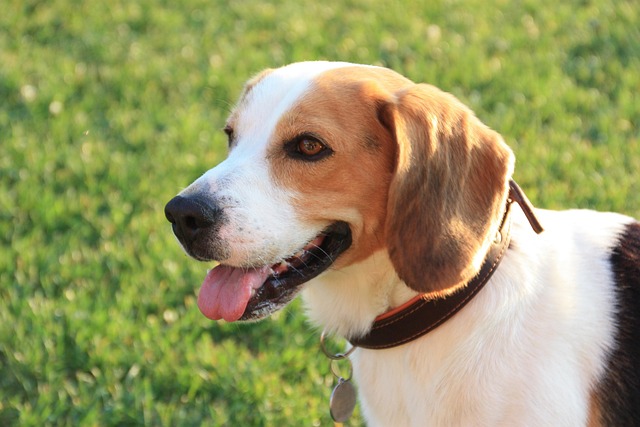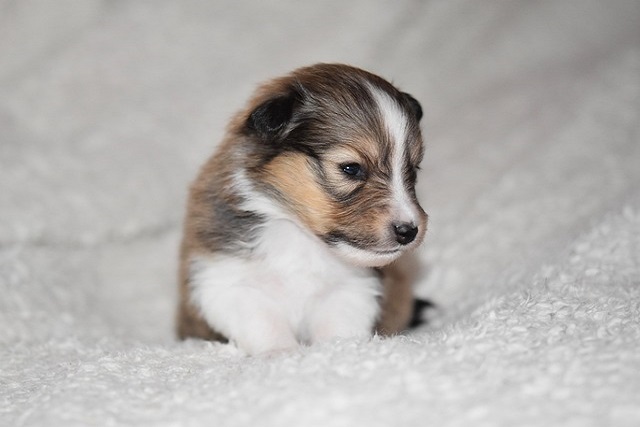
When will Samoyed have his teeth changed
When you look down at the Samoyed by your feet, it rubs your palm with its wet nose, revealing pink gums and tiny teeth.
When you gently stroke the fluffy, soft white fur of a Samoyed and feel the smoothness under your fingertips, it's like touching a warm cloud. However, behind this beautiful coat lies the natural cycle of hair renewal. Watching your once fuzzy little companion start to shed, with white fur floating everywhere at home, you may feel overwhelmed. Understanding the timing and characteristics of a Samoyed's molting is not only essential knowledge for scientific pet care but also a warm journey of growth and transformation shared with your beloved pet. Every fallen hair carries the mark of their growth and your deep affection.
The molting process of Samoyeds begins in their puppyhood. Generally, at around 3–4 months old, they experience their first molt. During this time, the soft puppy fur is gradually replaced by stronger, more insulating adult fur. This stage of molting is like the first "transformation" on a Samoyed's growth journey. The originally fine, soft, and slightly thin puppy fur slowly falls out, while new hair emerges from the hair follicles, gradually becoming thick and coarse. You'll notice that the once-immature little one begins to exhibit the unique charm of a Samoyed as the puppy fur sheds. During this process, the Samoyed's body is also growing rapidly, and molting is just part of their developmental changes—similar to how humans go through physical and psychological transformations from infancy to childhood.
The first molt typically lasts until the Samoyed is 6–8 months old. During these months, owners may clearly notice an increase in fur around the house, with white fluff scattered on sofas, floors, and even in the air. But don’t be troubled by this—it’s a necessary part of a Samoyed’s growth. During this period, owners can help their pets through the molting phase by brushing their fur. A suitable pet comb, gently gliding along the direction of hair growth, can remove loose puppy fur, prevent matting, and promote blood circulation in the skin, which aids new hair growth. Each time you brush, the Samoyed may quietly enjoy your touch, their eyes filled with trust and dependence. In this moment, brushing becomes not a tedious task but a warm interaction between you and your pet.

Adult Samoyeds enter a seasonal molting phase, typically molting heavily twice a year in spring and autumn. In spring (approximately March to May), as temperatures rise, Samoyeds shed their thick winter coat to replace it with a lighter summer coat. Imagine that after a long winter, their heavy fur is like an overly warm coat that needs to be shed in spring to welcome the warm sunshine more comfortably. Autumn molting usually occurs from September to November. As the weather cools, they shed their summer fur and grow a thick winter coat to prepare for the upcoming cold season. This is a natural adaptation, just as we switch to warm down jackets in autumn and winter.
During the seasonal molting period, Samoyeds shed significantly more fur, earning them the nickname "walking dandelions." White fur may cover every corner of the house, appearing on clothes, dining tables, and even in water cups. But this is their way of maintaining physical health and comfort. As owners, although it takes more time and energy to clean daily, seeing the Samoyed remain neat and beautiful after molting makes all the effort worthwhile. In addition to increased brushing, owners can provide Samoyeds with nutrient-rich food during molting. A diet rich in protein, vitamins, and minerals helps them grow healthy, shiny fur. Just as we prioritize dietary nutrition for our own health and hair, Samoyeds also need a balanced diet to support hair growth and renewal.
Beyond normal molting cycles, certain special circumstances can cause abnormal molting in Samoyeds. When their diet is unbalanced and lacks essential nutrients, they may experience excessive shedding or disrupted molting cycles. For example, long-term consumption of monotonous or low-quality dog food can leave them unable to obtain sufficient protein and vitamins, affecting normal hair growth and renewal. Illness can also impact molting—skin diseases, endocrine disorders, and other issues may cause local or systemic hair loss. If abnormal molting is observed, such as severe hair loss, red skin spots, or itching, owners must promptly take their Samoyed to a veterinary hospital. Seeing a sick Samoyed lose confidence and even become listless due to fur problems is heartbreaking, making owners eager to identify the cause and restore their pet’s former vitality and beauty.
From the first transformation in puppyhood to the seasonal fur renewal in adulthood, every molt of a Samoyed is a wonderful process of life’s growth and adaptation to nature. As owners, we are fortunate to participate, accompanying them through each molting phase with patience and love. During this journey, although there may be endless fur to clean, we also deepen our bond with our Samoyeds. When we see them running joyfully in the sun with a shiny coat, their white figure like an elf, we understand that all our efforts are to safeguard this beauty and let this warm companionship endure.

When you look down at the Samoyed by your feet, it rubs your palm with its wet nose, revealing pink gums and tiny teeth.

When you gently stroke the fluffy, soft white fur of a Samoyed and feel the smoothness under your fingertips, it's like touching a warm cloud

The clear and bright eyes of dogs are an important window for establishing emotional connections with us. When this window is covered with haze, the owner is often distressed and anxious.

When the dog that used to be gentle and cute, wagging its tail to greet you, suddenly bares sharp teeth, emits low growls, or even makes lunging bites,

When you gently stroke a Schnauzer's fluffy head, its ears—like fairy wings—flick softly, as if whispering boundless joy. However,

As pet owners,we always want to give our dogs the best care,and deworming is an important part of daily care.The question of"whether to feed deworming medicine to dogs without parasites"involves health considerations and emotional care.